18 Long-Blooming Perennials to Enjoy Year-Round Flowers
If you are looking to extend the beauty of your garden, choosing perennials with long blooming periods is a great way to achieve a never-ending season of color. These plants provide vibrant flowers that last through the summer and into the fall, offering both beauty and low maintenance. Perennials are a smart investment because they return year after year, growing stronger each season. With the right varieties, your garden can bloom for months, keeping your outdoor space lively. Whether you’re a seasoned gardener or just starting, selecting the right plants can transform your garden into a year-round haven. From drought-tolerant options to those that attract pollinators, there is a perennial for every garden.
This post may contain affiliate links, which helps keep this content free. Please read our disclosure for more info.
Daylilies (Hemerocallis)
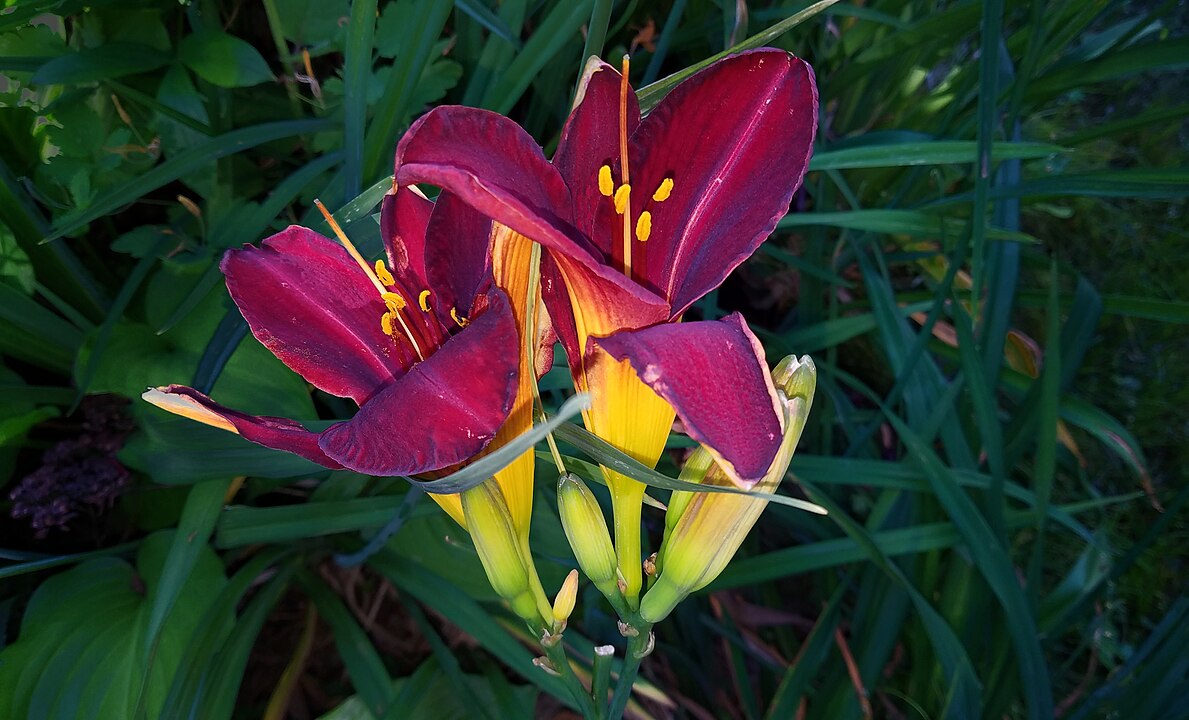
Daylilies are known for their reliable performance in gardens, offering vibrant blooms throughout the summer. These plants produce flowers in a variety of colors, including yellow, orange, red, and purple, making them a perfect addition to any garden. Their flowers typically last for a day, but with multiple buds opening continuously, the show continues for several weeks. Daylilies are incredibly adaptable, thriving in a variety of soil types and climates.
Beyond their beauty, daylilies are relatively low-maintenance. They can tolerate periods of drought and are resistant to most pests. These plants are ideal for beginner gardeners because of their resilience. Additionally, they can be divided every few years to keep them healthy and thriving, ensuring their blooms remain abundant season after season.
Coneflower (Echinacea)
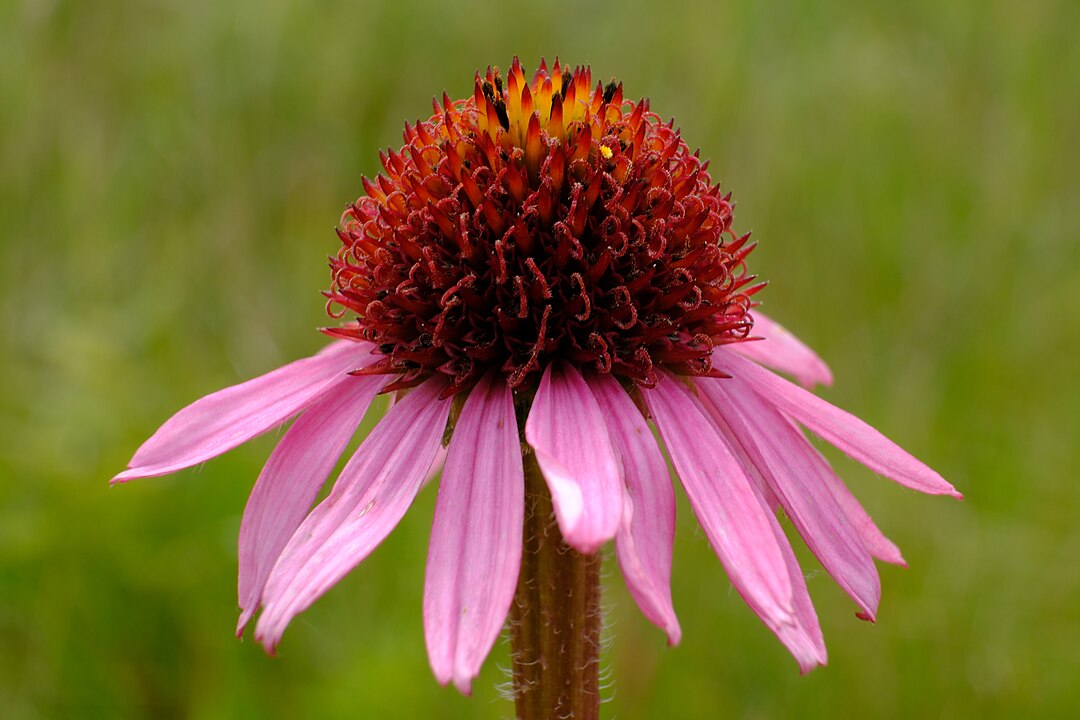
Coneflowers are famous for their long-lasting blooms that start in early summer and can continue until the first frost. These flowers, with their distinctive purple petals and cone-shaped centers, attract a variety of pollinators, including bees and butterflies. Coneflowers come in a range of colors, including pink, red, and white, giving gardeners many options for different garden aesthetics. They are also known for their medicinal uses, often made into teas and supplements for their immune-boosting properties.
In addition to their beauty, coneflowers are extremely hardy and drought-tolerant once established. They grow well in most types of soil and can even thrive in poor, dry conditions. Coneflowers are low-maintenance and require minimal care to continue producing their vibrant blooms year after year. They are a fantastic addition to any garden, offering both visual appeal and practical benefits.
Black-eyed Susan (Rudbeckia)
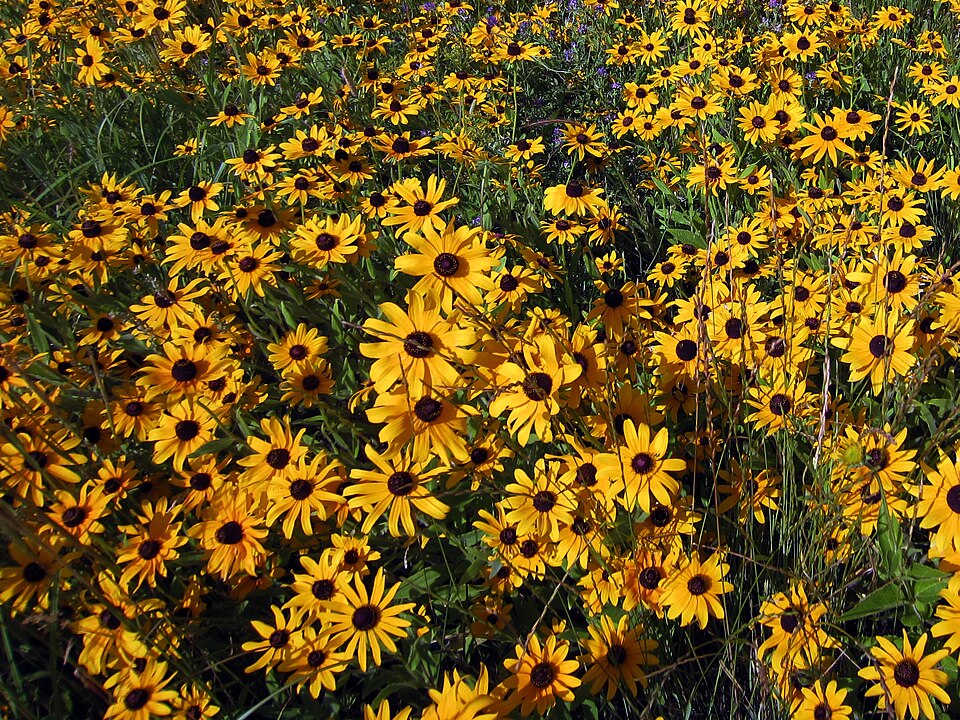
Black-eyed Susans are a popular perennial that bloom from mid-summer until the fall. These cheerful flowers have golden-yellow petals and dark, almost black centers. Their long bloom period makes them a perfect choice for gardeners seeking vibrant color that lasts. Black-eyed Susans grow in clusters, creating striking displays in any garden setting. They are also beneficial to pollinators, attracting bees, butterflies, and other insects.
These plants thrive in full sun and can tolerate a variety of soil types, including dry and sandy soils. Once established, black-eyed Susans require little care, making them an excellent choice for low-maintenance gardens. They are also known for their resilience and can withstand periods of drought. This perennial is perfect for brightening up flower beds and borders while providing reliable blooms season after season.
Astilbe
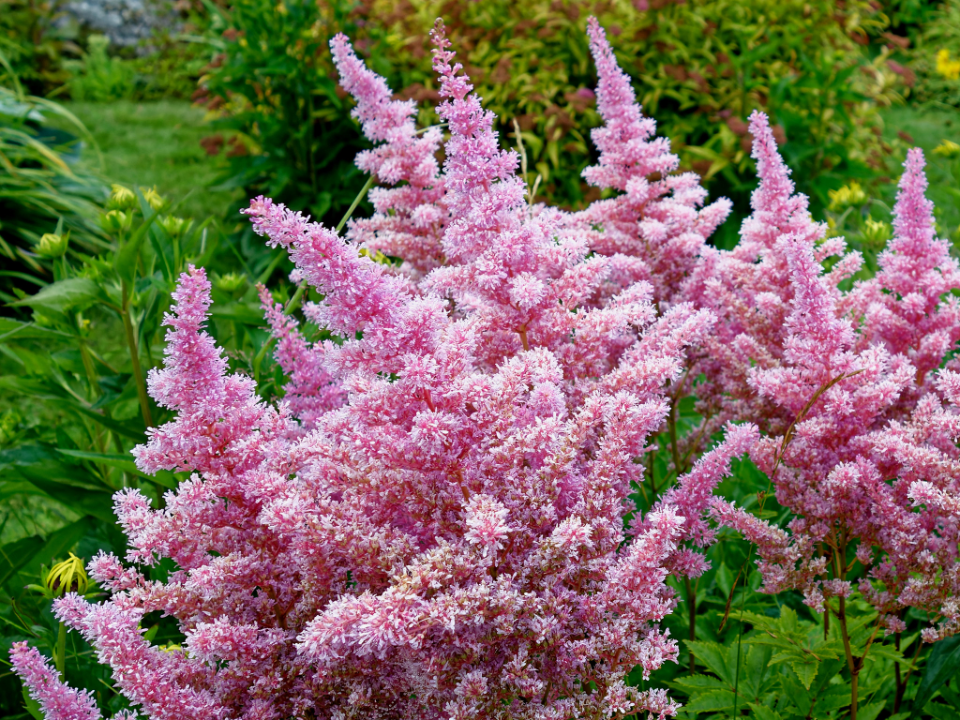
Astilbe produces feathery, plume-like flowers in shades of pink, red, white, and purple. These flowers bloom in late spring and continue into summer, adding vibrant color to shady areas of the garden. Astilbes are particularly well-suited for moist, well-drained soil, making them ideal for garden spots that may not receive full sun. The soft, fern-like foliage of astilbe adds texture and interest even after the blooms have faded.
Beyond their beauty, astilbes are excellent for filling in shaded or woodland areas where other plants may struggle. They also work well as groundcovers or in mixed perennial beds. With regular watering, these plants can thrive for many years, and their impressive blooms make them a great addition to any garden. Astilbes’ ability to thrive in shaded conditions makes them a versatile choice for diverse landscaping needs.
Geranium (Perennial Cranesbill)
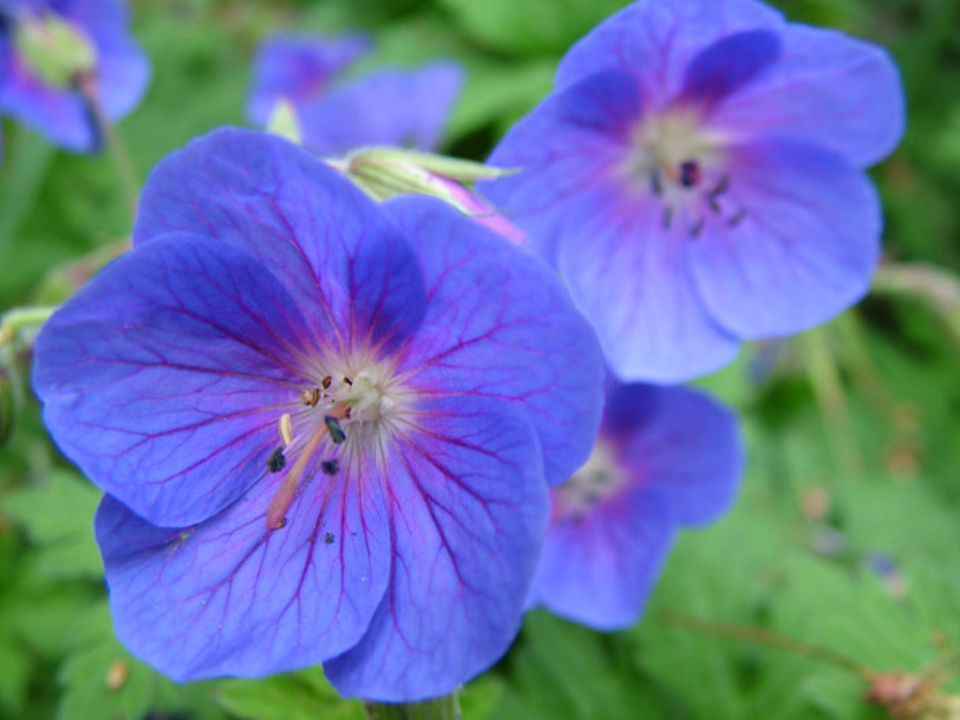
Perennial geraniums, often referred to as cranesbill, are known for their extended blooming periods, typically lasting from late spring to early fall. Their flowers range in color from soft pink to deep purple, depending on the variety. The plants feature aromatic foliage, adding another layer of interest. Geraniums grow well in full sun or partial shade, and their compact size makes them suitable for smaller gardens or container planting.
Aside from their attractive flowers, perennial geraniums are very hardy and drought-tolerant once established. They can thrive in various soil types, though they prefer well-drained, fertile soil. These plants are also resistant to many common pests and diseases, making them a great choice for low-maintenance gardeners. Their long bloom time ensures that they remain a highlight of the garden throughout the growing season.
Shasta Daisy (Leucanthemum x superbum)
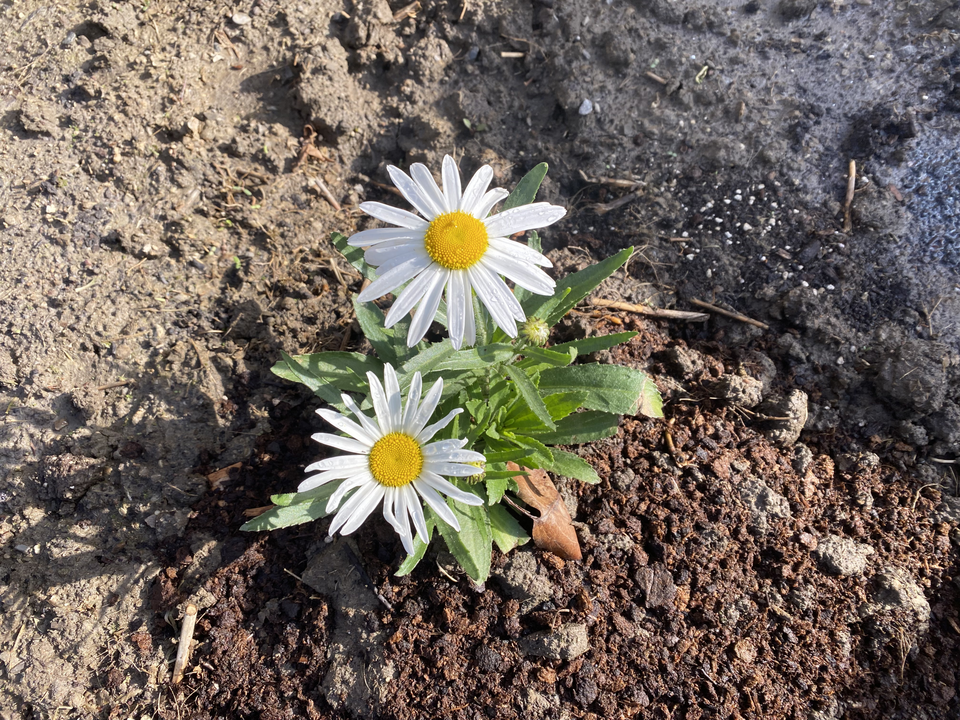
Shasta daisies are known for their pure white petals and bright yellow centers. These perennial plants begin blooming in early summer and can continue through the fall with proper care. Shasta daisies thrive in sunny areas, and their simple, classic flowers brighten any garden space. They are especially popular in cottage gardens or naturalistic landscapes, offering a cheerful touch to flower beds and borders.
In addition to their beauty, Shasta daisies are low-maintenance and adaptable to a range of soil types. These plants are hardy and can withstand drought once established. Shasta daisies are also easy to propagate by division, allowing gardeners to spread the beauty across their gardens. These traits make them an excellent choice for gardeners looking for long-lasting blooms with minimal effort.
Bee Balm (Monarda)
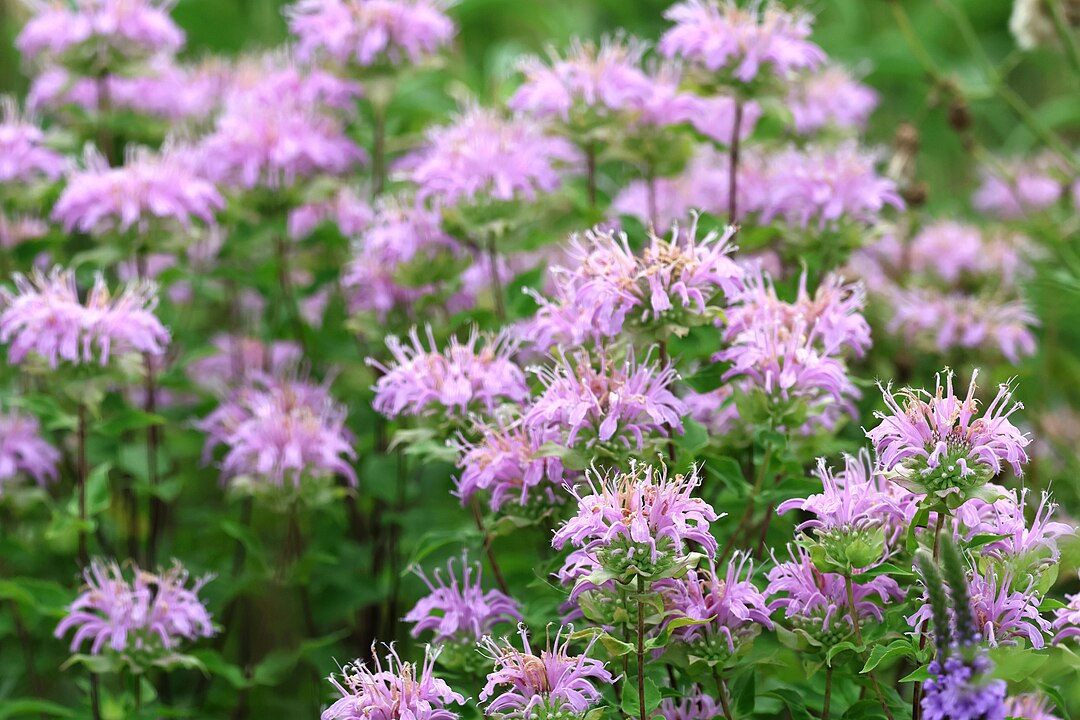
Bee balm, also known as monarda, produces striking, tubular flowers in shades of red, pink, purple, and white. These flowers bloom in mid to late summer, often attracting hummingbirds, bees, and butterflies with their nectar-rich blossoms. Bee balm is well-suited for sunny to partially shaded areas and grows best in moist, well-drained soil. The plants themselves can reach heights of 3 to 4 feet, making them a bold presence in flower beds.
In addition to their beauty, bee balm has medicinal uses, especially in herbal teas for its soothing properties. The plant’s aromatic foliage, when crushed, releases a pleasant scent that adds sensory appeal to the garden. Bee balm is also relatively easy to care for and is resistant to most pests and diseases. Its long bloom period and ability to attract pollinators make it a must-have in any garden focused on supporting local wildlife.
Catmint (Nepeta)
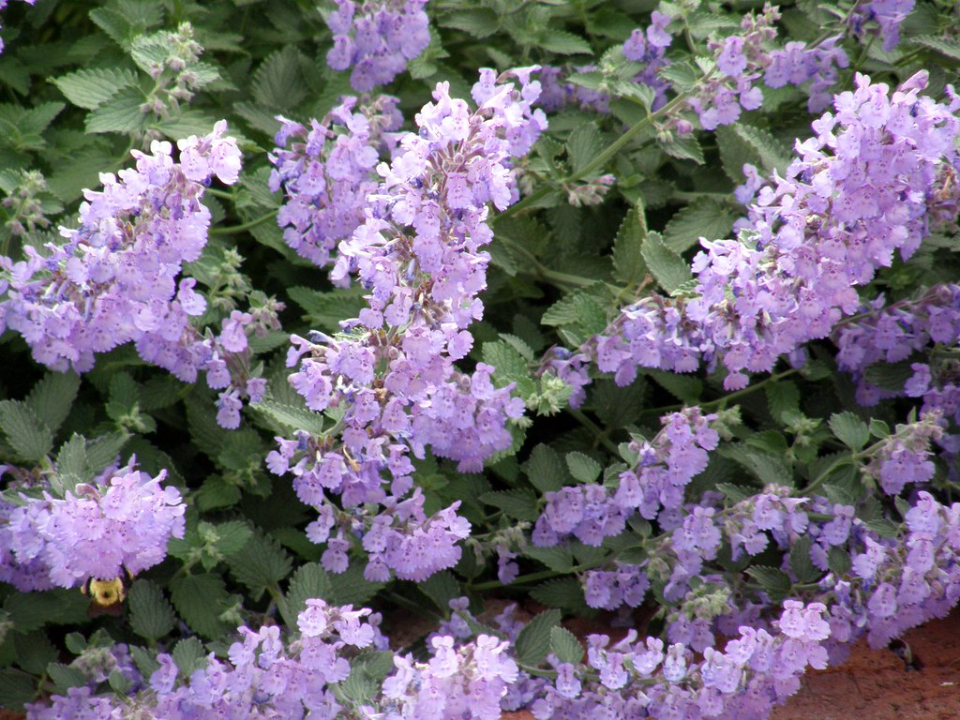
Catmint is a hardy perennial known for its lavender-blue flowers that bloom from late spring to fall. This fragrant plant is often used as a border plant in gardens due to its long flowering period and attractive foliage. Catmint’s soft, aromatic leaves add texture to flower beds, while its blooms attract pollinators such as bees and butterflies. Its resilience and ability to thrive in a variety of conditions make it an excellent choice for gardeners seeking a reliable perennial.
Catmint is tolerant of drought and can handle poor soil conditions once established. It grows well in full sun or partial shade, making it versatile for various garden designs. The plant can be pruned back after the first bloom to encourage more flowers and extend its blooming season. Whether used in mass plantings, as a ground cover, or in containers, catmint is a great addition to any garden.
Russian Sage (Perovskia atriplicifolia)
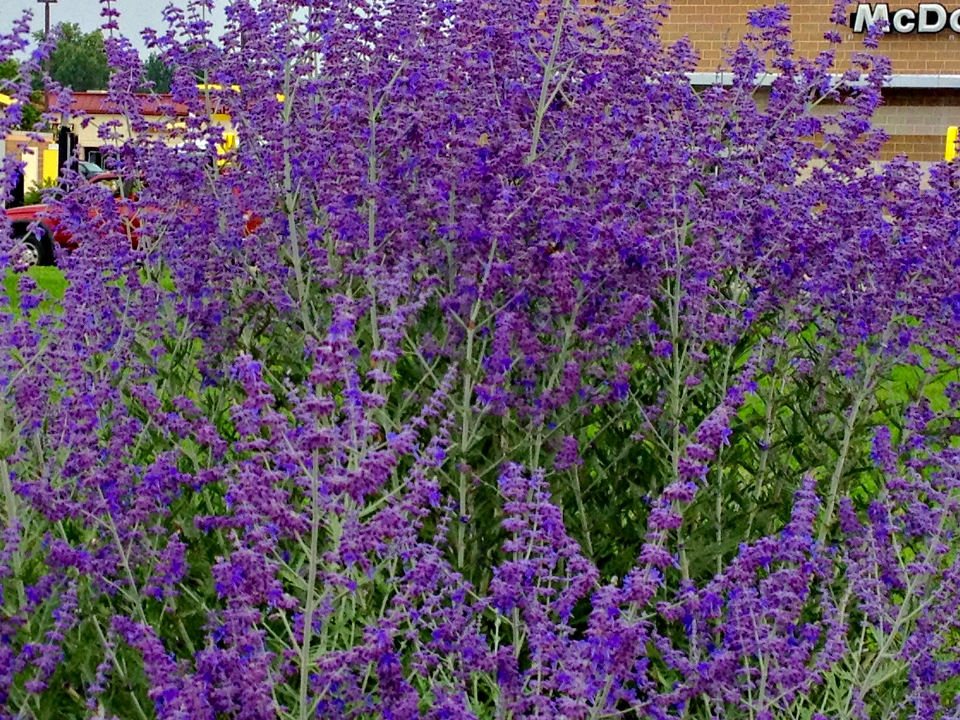
Russian sage is a hardy perennial that produces silvery-gray foliage and spikes of lavender-blue flowers from mid-summer to fall. The plant’s airy, aromatic leaves create a soft backdrop for the vibrant flowers, making it an attractive option for flower beds and borders. Russian sage is particularly well-suited for hot, dry climates and thrives in full sun. Its long bloom period adds color to the garden during the late summer and fall months, when many other plants have finished blooming.
In addition to its beauty, Russian sage is low-maintenance and drought-tolerant. It grows well in poor, well-drained soil and requires minimal care once established. This perennial plant is resistant to most pests and diseases, making it an excellent choice for low-maintenance gardens. Russian sage’s striking flowers and resilience make it a standout option for gardeners looking to add a pop of color to their landscapes.
Sedum (Autumn Joy)
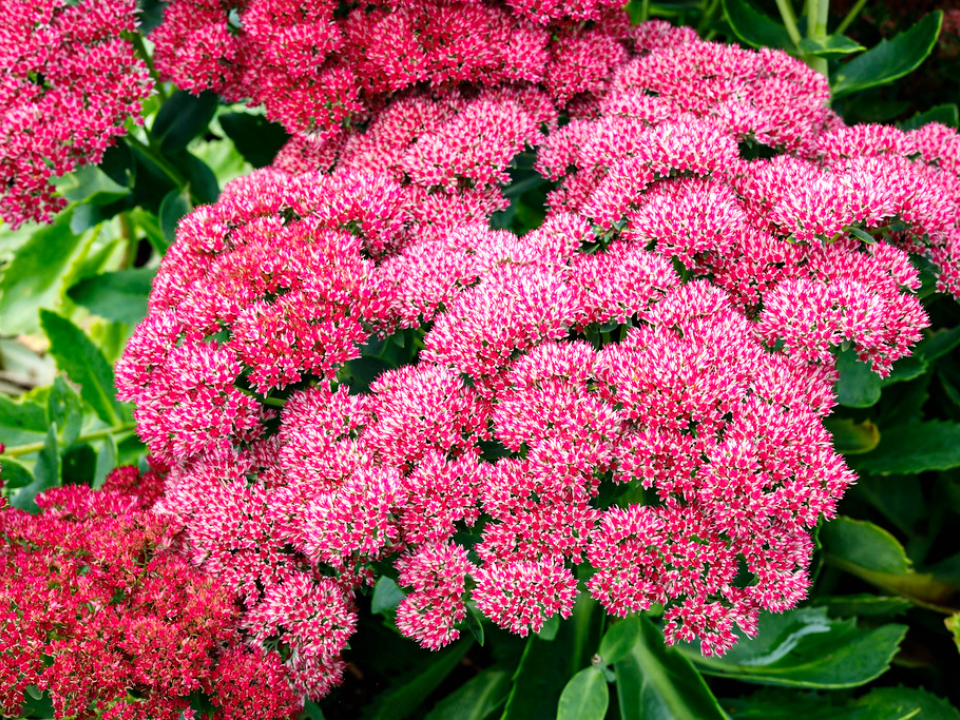
Sedum, commonly known as autumn joy, is a perennial that blooms in late summer and continues into fall. Its pink flowers gradually turn to deep red as the season progresses, providing vibrant color when many other plants begin to fade. Sedum is perfect for sunny areas and thrives in well-drained soil. Its succulent nature makes it drought-tolerant, ensuring that it continues to thrive during dry spells.
These plants are also known for attracting pollinators, including bees and butterflies, which adds to their appeal in a garden focused on wildlife. Sedum is a low-maintenance plant, requiring minimal watering once established. It works well as a ground cover or in rock gardens, and its hardy nature makes it an excellent choice for beginner gardeners. Sedum’s extended bloom time and resilience make it an essential addition to any perennial garden.
Lobelia (Lobelia erinus)
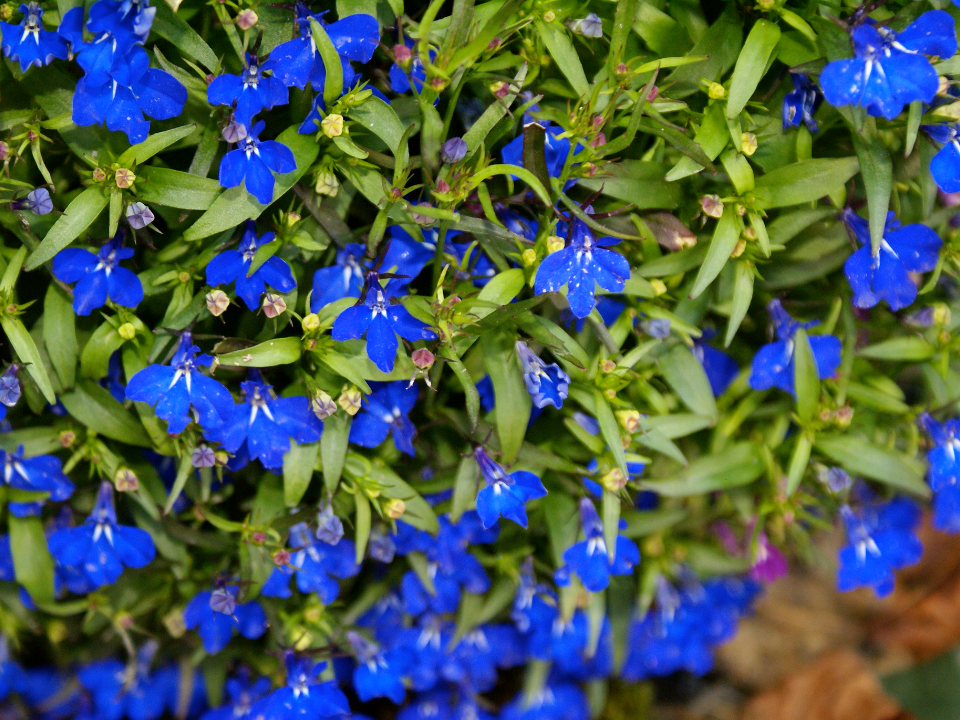
Lobelia is a versatile perennial that produces delicate, bright blue flowers, often with a hint of purple. Its long blooming period, from late spring through fall, ensures that your garden remains colorful for months. Lobelia prefers cooler climates and partial shade, making it ideal for areas that receive less direct sunlight. It also thrives in moist, well-drained soil, providing a stunning contrast to other perennials in the garden.
Lobelia’s compact growth habit makes it perfect for containers, hanging baskets, or as a ground cover in flower beds. Its vivid color attracts pollinators, including hummingbirds and bees, adding to its charm. Lobelia is easy to grow and requires minimal care, making it an excellent choice for novice gardeners. Whether used for edging, in window boxes, or as a vibrant filler, lobelia brings lasting beauty to the garden.
Phlox (Phlox paniculata)
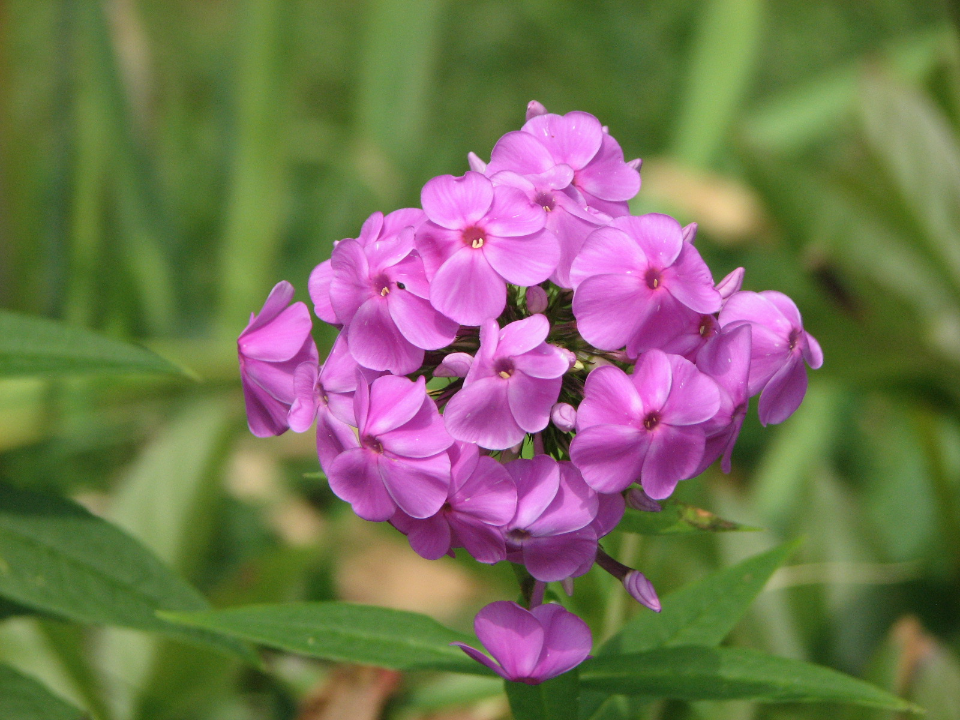
Phlox is a popular perennial that produces clusters of fragrant flowers in a wide range of colors, including pink, white, red, and purple. These plants bloom from midsummer to early fall, making them an essential component of a late-season garden. Phlox thrives in full sun and moist, well-drained soil, and they are perfect for adding height and color to flower beds. The fragrant blooms attract a variety of pollinators, including butterflies and bees, creating a lively garden atmosphere.
In addition to their colorful flowers, phlox plants have excellent disease resistance. These perennials are known for their ability to thrive in a variety of climates and soil types. Regular deadheading can help to extend their bloom time, ensuring that your garden remains colorful for weeks. Phlox is an excellent choice for gardeners looking to add fragrance and beauty to their gardens from summer into fall.
Japanese Anemone (Anemone hupehensis)
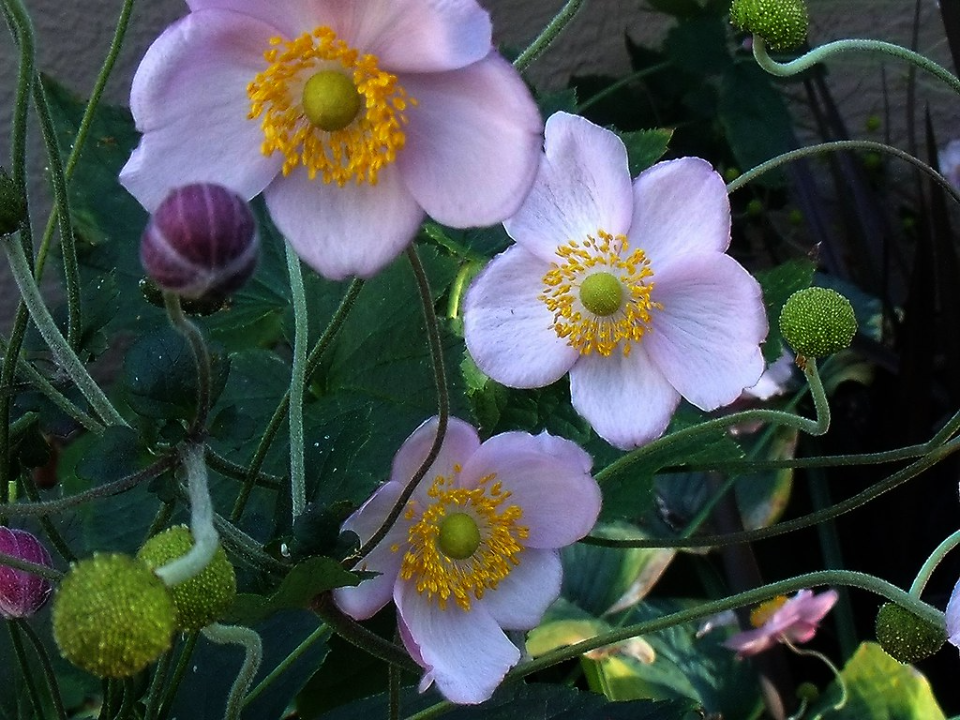
Japanese anemones are known for their elegant, cup-shaped flowers that bloom in late summer to fall. The flowers come in shades of white, pink, and purple, offering a gentle pop of color in the garden as other plants begin to fade. These perennials thrive in partial shade and prefer moist, well-drained soil. Their long bloom period, from late summer into the fall, makes them a perfect addition to any garden seeking color in the later months.
Japanese anemones are easy to grow and require minimal maintenance once established. They are perfect for woodland gardens, shade gardens, or along shaded borders. Their graceful blooms and attractive foliage make them a striking feature in any garden. Japanese anemones are also a great choice for gardeners seeking low-maintenance plants that continue to impress throughout the growing season.
Creeping Jenny (Lysimachia nummularia)
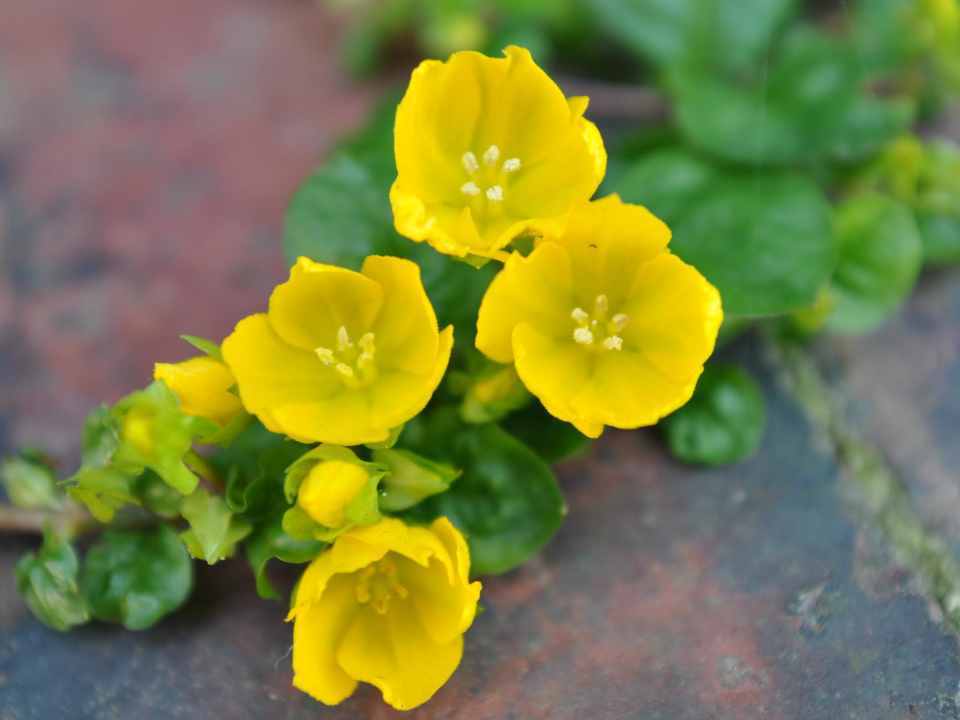
Creeping Jenny is a versatile groundcover perennial known for its bright green or golden foliage. Its small, yellow flowers bloom from late spring to early summer, adding subtle color to the landscape. This plant spreads quickly, making it ideal for covering large areas or filling in gaps in the garden. Creeping Jenny is often used in hanging baskets, containers, or along garden paths, where its trailing growth adds interest.
In addition to its flowers, Creeping Jenny is popular for its foliage, which turns a golden hue in the fall. This perennial thrives in moist, well-drained soil, making it perfect for rain gardens or areas with frequent water runoff. Creeping Jenny is also known for its ability to thrive in both sun and partial shade, giving gardeners flexibility in where to plant it. Its long bloom time and ability to adapt to various conditions make it a reliable addition to the garden.
Lavender (Lavandula angustifolia)
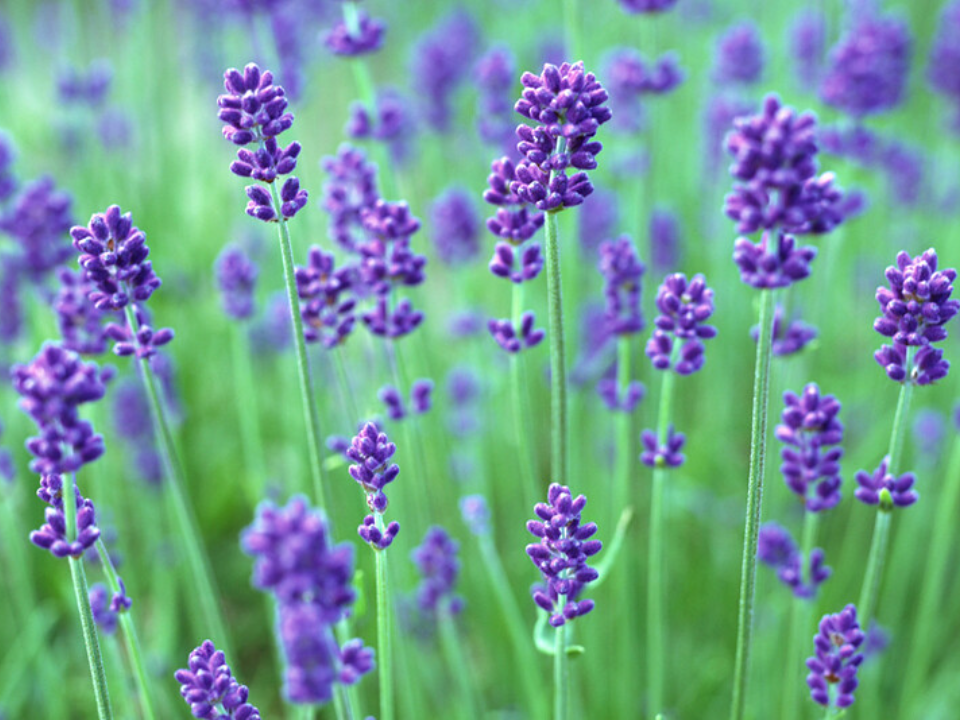
Lavender is not only known for its fragrant, purple flowers but also for its long blooming period that stretches from early summer to fall. These plants thrive in full sun and well-drained soil, producing spikes of flowers that are highly attractive to pollinators, particularly bees and butterflies. The blooms add vibrant color to gardens, while the scent offers a calming atmosphere.
Lavender is a low-maintenance plant that requires little attention once established. It is drought-tolerant and resistant to pests, making it an excellent choice for low-care gardens. Lavender also has medicinal properties and is often used in essential oils and teas. Its long bloom period and versatile uses in the garden make it an essential perennial for any garden enthusiast.
Monkshood (Aconitum)
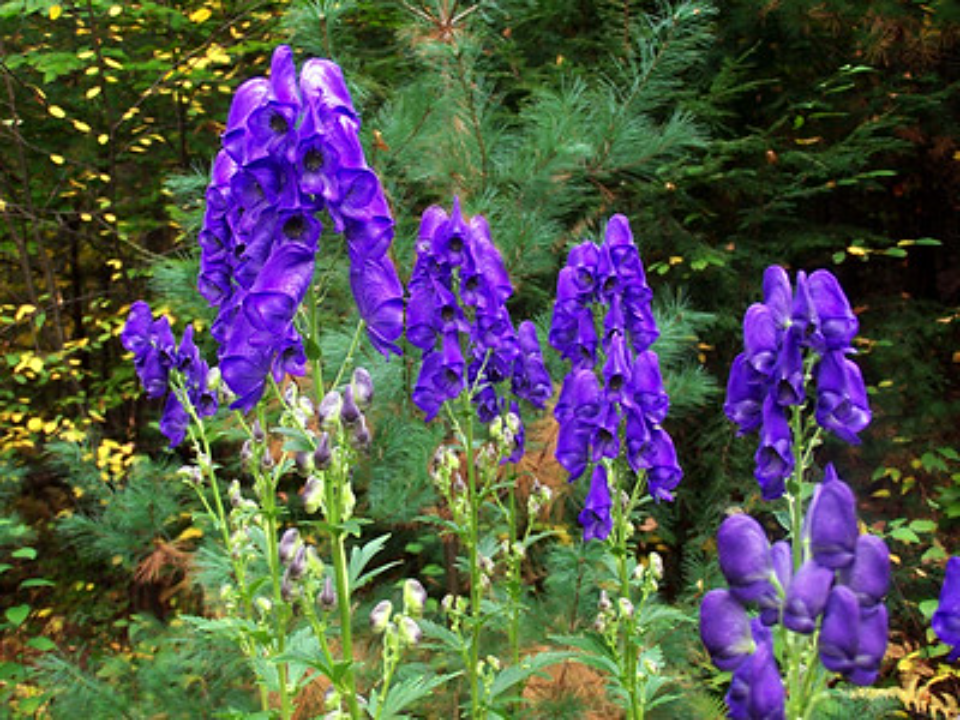
Monkshood, with its unique blue, purple, or white flowers, is a striking perennial that blooms from mid-summer into fall. These tall plants add vertical interest to the garden and are perfect for backgrounds or borders. Monkshood thrives in partial to full shade and prefers moist, well-drained soil. Its bold, hooded flowers are a favorite among gardeners seeking unique additions to their flower beds.
In addition to their beauty, monkshood plants are known for their resilience and low-maintenance needs. They are ideal for shady garden spots and can tolerate cool temperatures. However, it is important to note that all parts of the plant are toxic if ingested, so caution should be taken when planting around children or pets. Despite this, monkshood remains a standout perennial for gardeners seeking long-lasting blooms in shaded areas.
Salvia (Salvia nemorosa)
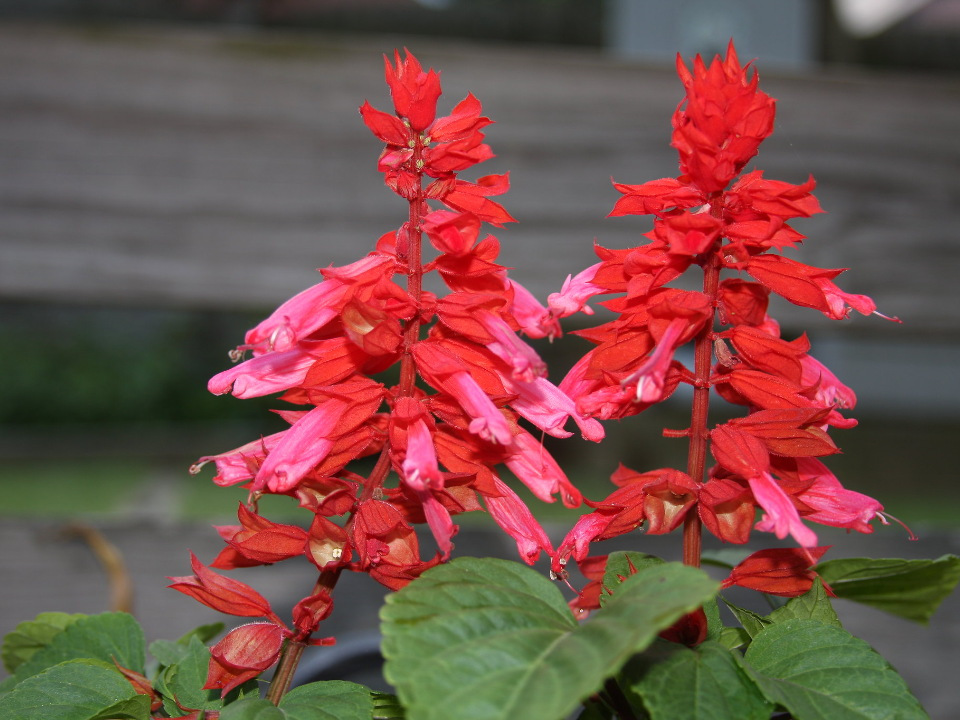
Salvia is a hardy perennial that produces vibrant purple, blue, or red spikes of flowers that bloom from late spring to early fall. These plants attract bees and butterflies, adding life and movement to the garden. Salvia thrives in full sun and well-drained soil, making it ideal for borders, containers, and flower beds. The plant’s aromatic foliage also adds another layer of interest to the garden.
Salvia is easy to grow and low-maintenance once established. It is drought-tolerant and resistant to most pests and diseases. With a long bloom time and the ability to withstand varying weather conditions, salvia is a perfect choice for gardeners seeking vibrant color that lasts throughout the growing season. Its versatility and beauty make it a popular addition to many gardens.
Turtlehead (Chelone)
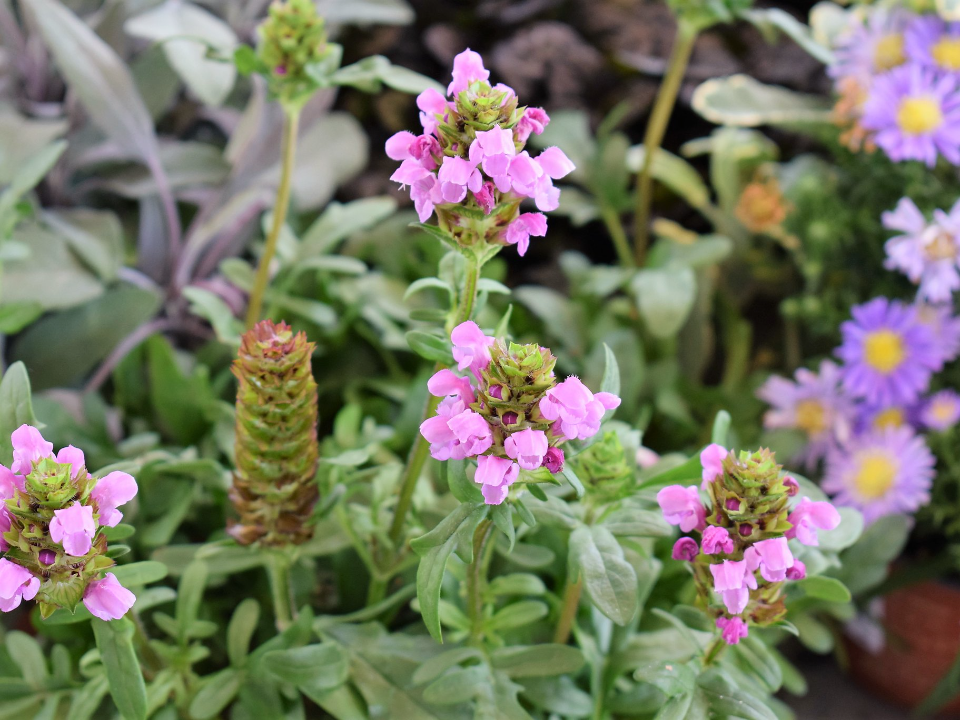
Turtlehead is a perennial that features unique, snapdragon-like flowers in shades of pink or white. These flowers bloom from late summer to fall, offering a late-season burst of color in the garden. Turtlehead grows best in moist, well-drained soil and thrives in full sun or partial shade. It is perfect for areas with high moisture, such as near ponds or streams, where other plants may struggle.
In addition to its beauty, turtlehead is known for its ability to attract pollinators, including bees and butterflies. These plants are also relatively low-maintenance and resistant to most pests and diseases. Turtlehead’s long bloom period and unique flowers make it an excellent addition to any garden looking for color into the late fall. Its versatility in different soil types and moisture levels makes it adaptable to various garden settings.
This article originally appeared on Avocadu.
